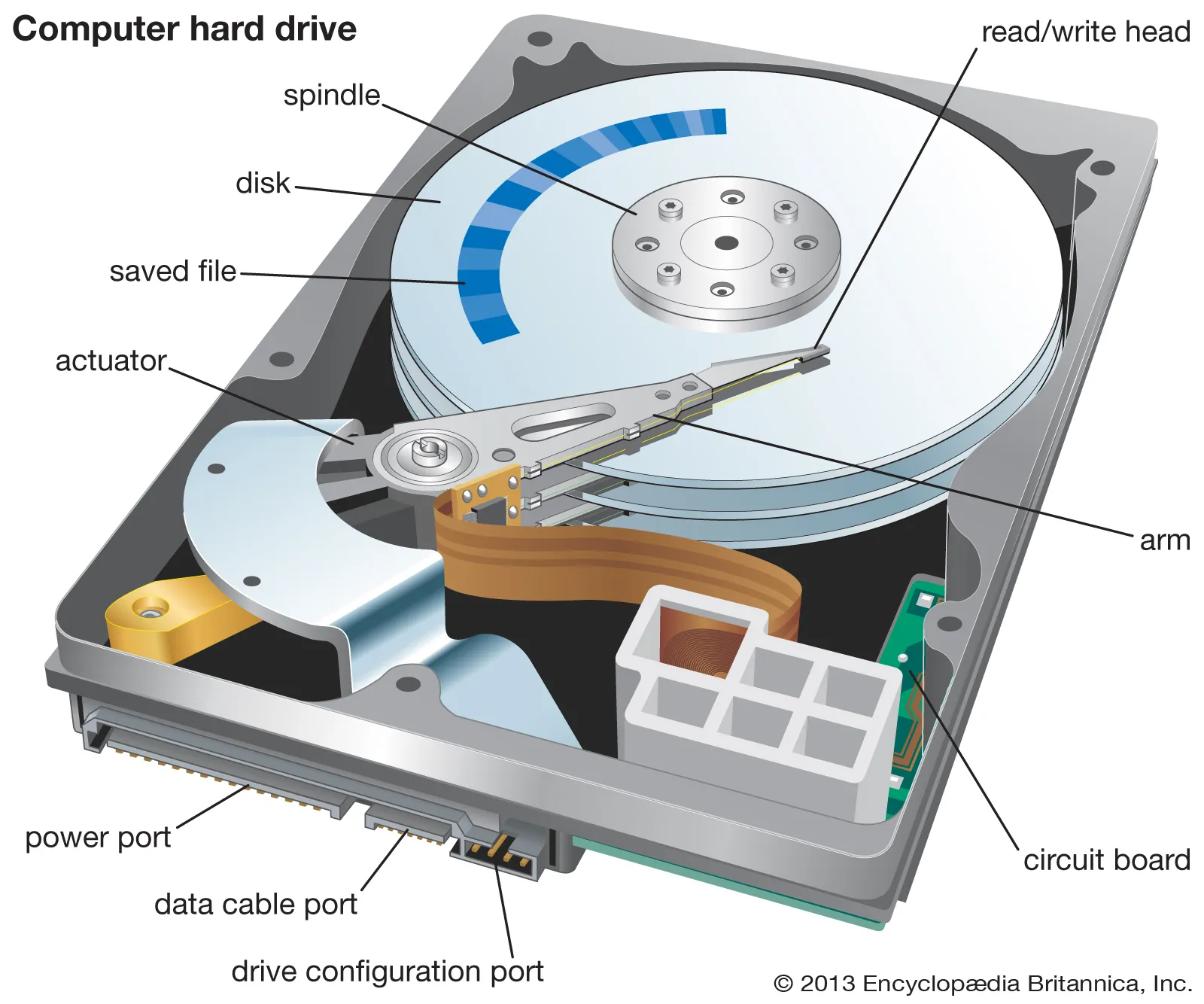To configure a RADIUS server on Active Directory, you typically use Network Policy Server (NPS), which is Microsoft’s implementation of a RADIUS server and proxy. It integrates tightly with Active Directory to authenticate, authorize, and account (AAA) for network access requests (e.g., VPN, Wi-Fi, 802.1X switch ports, etc.).
Here’s a full guide to get you up and running on a Windows Server domain controller or member server.
✅ Prerequisites
- Windows Server (2012 or later recommended)
- Server is domain-joined
- Active Directory set up
- Devices (e.g., Wi-Fi AP, VPN, etc.) that support RADIUS
🔧 Step-by-Step: Configure RADIUS (NPS) with Active Directory
1. Install NPS Role
- Open Server Manager →
Add Roles and Features - Role-based → Select server → Network Policy and Access Services
- Under Role Services, check Network Policy Server
- Finish the wizard and install
2. Register NPS in Active Directory
- Open NPS console (
nps.msc) - In the left pane, right-click NPS (Local) → Register server in Active Directory
- Confirm registration (this allows NPS to read user/computer info from AD)
3. Add RADIUS Clients
- In NPS → Expand RADIUS Clients and Servers → RADIUS Clients
- Right-click → New
- Friendly name:
AP1,VPN-Gateway, etc. - IP address or DNS name of the RADIUS client
- Shared Secret: Must match what’s configured on the client device
- Friendly name:
4. Configure Connection Request Policies (Optional)
- Usually optional unless you’re proxying RADIUS requests
- Found under Policies > Connection Request Policies
5. Configure Network Policies
- Go to Policies > Network Policies
- Right-click → New
- Name it (e.g.,
WiFi Auth) - Conditions:
- Add
Windows Groups→ Specify AD groups (e.g.,VPN Users,WiFiUsers) - Add
NAS Port Typeif filtering by connection type (e.g., Wireless – 802.11)
- Add
- Grant Access
- Authentication methods:
- For Wi-Fi: use PEAP (MS-CHAP v2), disable PAP
- Add a valid server certificate for PEAP
- Constraints and settings: Customize as needed (Idle timeout, encryption, etc.)
6. Configure Client Device (e.g., Wi-Fi AP)
- Set RADIUS Server IP to your NPS server
- Port:
1812(auth) /1813(accounting) by default - Use the same Shared Secret
- Set authentication to WPA2-Enterprise with RADIUS
🔒 Security Tips
- Use strong shared secrets
- Use certificates for PEAP (check auto-enrollment via AD if needed)
- Optionally install NPS on a dedicated RADIUS server, not on DCs
📊 Optional: Enable Accounting
- Configure RADIUS Accounting if you want logs of who logged in, when, etc.
- Under RADIUS Accounting > New
- Log to local file or forward to SIEM/SQL
🛠️ Troubleshooting
- Use Event Viewer > Custom Views > Server Roles > Network Policy and Access Services for logs
- Use Wireshark to see RADIUS traffic
- Verify time sync between devices (important for EAP)


